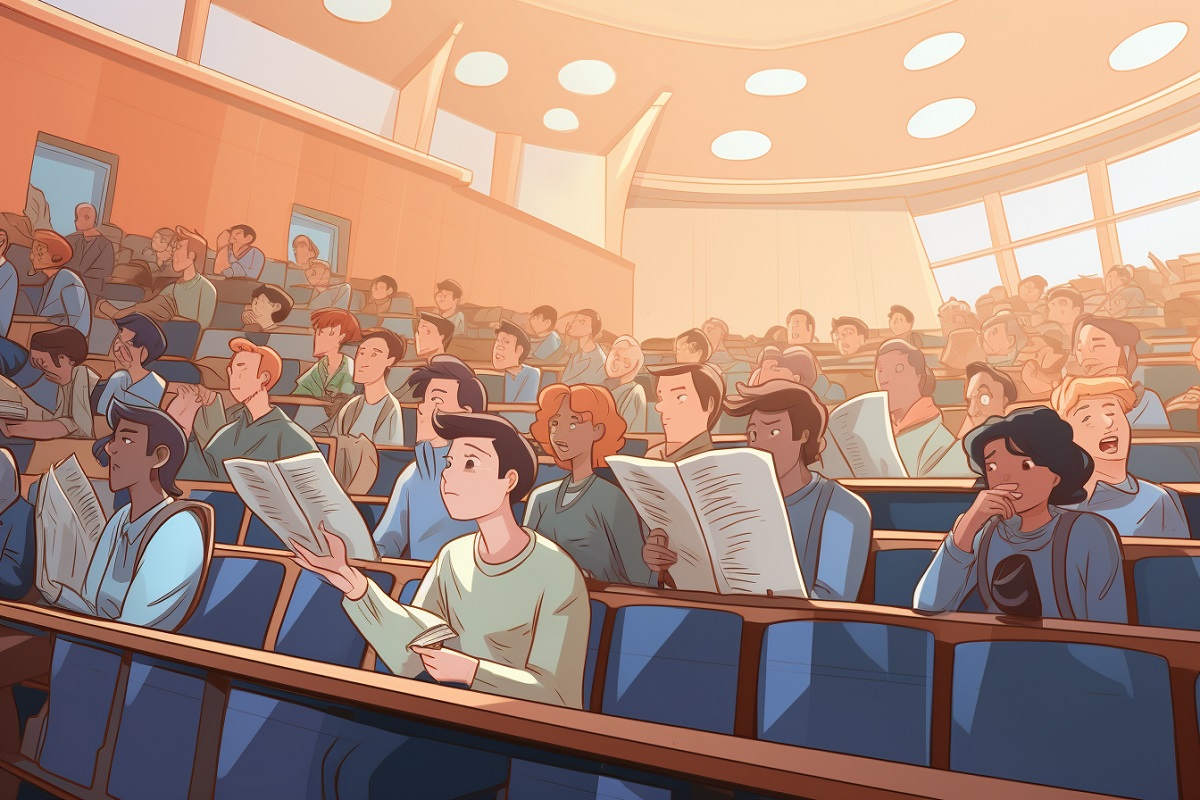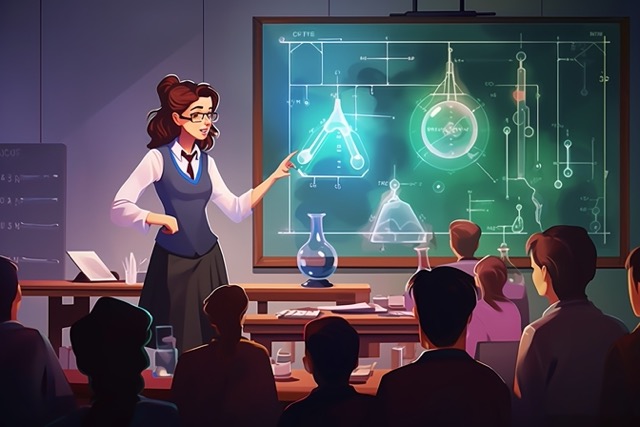Restructuring and Reimagining General Chemistry – Insights from UCLA’s Study

Hey there budding chemists! 👩🔬👨🔬 As your friendly neighborhood chemistry tutor, I’ve stumbled upon some curious insights from Jennifer Casey at UCLA (J. Chem. Educ. 2023, 100, 8, 2860–2872) about the challenges and success factors in general chemistry courses. So, grab a cup of tea (or maybe a flask of H₂O if you’re feeling extra sciencey) and let’s dive right in!
The Challenges 🤯
General chemistry, for many non-chemistry STEM majors, is like that difficult video game level you just can’t beat. It’s known as a “weeder” course, which unfortunately sees a high percentage of students dropping out or earning lower grades. Especially troubling is that students from NALA (Native Hawaiian/Pacific Islander, American Indian/Alaska Native, Latinx/Hispanic, and African American/Black) backgrounds are disproportionately affected, which can lead them to rethink their dreams of pursuing a STEM major.
One reason? Inequalities in prior education. Students from certain backgrounds may not have had the chance to take quality chemistry courses in high school due to systemic issues such as racial segregation and school funding disparities. But this isn’t the sole reason for the disparities; even when prior preparation is taken into account, NALA students face more hurdles than their WA (White and Asian/Asian American) peers.
Seeking Solutions 🕵️♂️
UCLA decided to roll up their sleeves and dive deep into the data. Their mission? To explore if an enhanced general chemistry course could:
- Improve student persistence and performance in organic chemistry courses,
- Reduce disparities in persistence based on race/ethnicity and gender, and
- Increase the student’s sense of belonging and performance in the general chemistry course.
The Good News 🎉
Taking the enhanced version of general chemistry did indeed boost students’ likelihood of progressing to their first organic chemistry course, especially by the subsequent Fall quarter. This is wonderful news, especially for Life Science majors hoping to take the MCAT by their junior year. And here’s another gold star: this enhanced course gave a notable boost to students’ feelings of belonging and reduced their uncertainties about fitting in.
The Not-So-Good News 😕
While the enhanced course promoted higher persistence rates, it didn’t significantly improve students’ grades in their subsequent organic chemistry course. There were also still disparities in persistence between NALA and WA students. At the end of the day, feeling good about yourself won’t get you a better grade, go figure. Nice try though. In the world of academia succumbing to marketing yet another study clearly shows that making your “client” feel good is not the same thing as getting them to learn information and apply it to the next level in their academic career.
Conclusions 📝
The main takeaway? The enhanced version of the general chemistry course at UCLA helped students, especially from the NALA community, to persist in their chemistry journey. While it did wonders for boosting feelings of belonging, the course alone wasn’t a magic pill to erase all disparities or improve grades in organic chemistry.
So, while it’s a step in the right direction, there’s still work to be done. As we always say in science: the journey of discovery continues! But remember, every little discovery, every reform, and every support system in place brings us closer to making STEM more inclusive and accessible for everyone.
Stay curious and keep experimenting! Until next time, happy studying! 🧪📚👩🎓👨🎓


